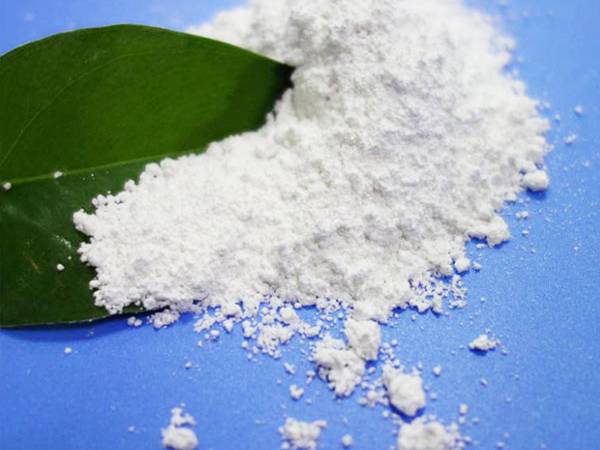



How to Safely Treat Cloudy Water in Your Swimming Pool
How to Treat Cloudy Pool Water A Comprehensive Guide
Having a swimming pool can be one of the greatest joys of summer, offering a refreshing escape from the heat. However, it can also be a source of frustration when the water turns cloudy. Not only is cloudy water unappealing, but it can also be a sign of underlying problems that require immediate attention. Fortunately, treating cloudy pool water is a manageable task if you follow the right steps. Here’s a comprehensive guide to help you restore your pool’s clarity and ensure a safe swimming environment.
Understanding Cloudy Pool Water
Cloudy water can result from several factors, including poor filtration, imbalanced chemical levels, excessive debris, or even algae growth. Typically, the cloudiness is caused by suspended particles, such as dirt, bacteria, or microscopic algae. Identifying the root cause is crucial before applying any treatments.
Step 1 Test Your Water
Before taking action, it’s essential to test your pool water for pH, total alkalinity, and chlorine levels. You can use a home test kit or take a water sample to your local pool supply store. Ideal levels should be
- pH 7.2 - 7.8 - Total Alkalinity 80 - 120 ppm - Chlorine 1 - 3 ppm (Free chlorine)
If your chemical levels are out of range, adjust them accordingly. For example, if the pH is too low, add a pH increaser; if it’s too high, use a pH decreaser.
Step 2 Shock the Pool
Shocking the pool is an essential step in treating cloudy water. This process involves adding a high dose of chlorine to eliminate contaminants like bacteria, algae, and organic matter. To shock your pool
1. Choose the Right Shock You can use either calcium hypochlorite or sodium dichlor, depending on your pool type. 2. Follow Instructions Read the product label carefully for dosage instructions based on your pool size. A common recommendation is to add 1 pound of shock for every 10,000 gallons of water. 3. Add During the Evening For better results, shock your pool in the evening to prevent sunlight from dissipating the chlorine.
treat cloudy pool water

Step 3 Clean the Pool
While shocking the pool will help kill microorganisms, debris and dirt can still contribute to cloudiness. Use a pool skimmer to remove leaves and surface debris, and then vacuum the pool to clean the bottom. Pay special attention to corners and steps where debris can gather.
Step 4 Check Your Filter
A malfunctioning filter can exacerbate cloudy water issues. Make sure your filtration system is working properly. Clean or replace the filter cartridge as necessary. If you have a sand filter, consider backwashing it to remove dirt buildup. Regular maintenance of your filter equipment is key to sustaining clear pool water.
Step 5 Use a Clarifier or Flocculant
If your pool remains cloudy after shocking and cleaning, consider using a pool clarifier or flocculant. Clarifiers help to agglomerate tiny particles, making it easier for your filter to remove them, while flocculants bind together larger particles that can then be vacuumed out of the pool. Apply according to the manufacturer’s instructions for optimal results.
Step 6 Maintain Regular Pool Care
Prevent future incidents of cloudy water by adopting a consistent pool maintenance routine. Regularly test water chemistry, clean your pool, check your filter, and maintain proper water levels. Additionally, establish a schedule for shocking your pool every few weeks, especially during heavy usage.
Conclusion
Dealing with cloudy pool water may seem daunting, but with the right approach and knowledge, you can restore your pool to sparkling clarity. Remember, prevention is always better than cure, so establishing a routine maintenance plan will keep your pool inviting and safe for all. Happy swimming!
-
Why Sodium Persulfate Is Everywhere NowNewsJul.07,2025
-
Why Polyacrylamide Is in High DemandNewsJul.07,2025
-
Understanding Paint Chemicals and Their ApplicationsNewsJul.07,2025
-
Smart Use Of Mining ChemicalsNewsJul.07,2025
-
Practical Uses of Potassium MonopersulfateNewsJul.07,2025
-
Agrochemicals In Real FarmingNewsJul.07,2025
-
Sodium Chlorite Hot UsesNewsJul.01,2025










